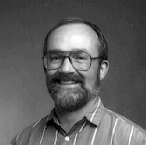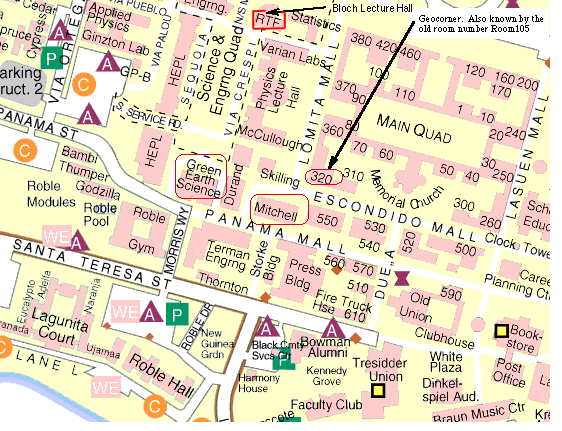see map
Anyone wishing to attend the lecture only is welcome at no cost.
This will be the 336th meeting since 1954.
Abstract
Four layers of sand-sized spherical particles (spherules) showing significant levels of iridium enrichment have been described from 3.55-3.22 Ga rocks of the Swaziland Supergroup in the Barberton Greenstone Belt, South Africa, and interpreted as the products of large impacts on the early Earth. Recent studies have shown the existence extraterrestrial Cr in several of these layers, confirming their impact origin. The layers identified to date have been designated S1 through S4, from lowest to highest. S1 occurs in a 1-4 m-thick unit of silicified sediment interlayered with mafic volcanic flow rocks in the upper part of the Hooggenoeg Formation. It is between 3,470 and 3,445 Ma in age. The chert layer is dominated by silicified ash and carbonaceous sediments deposited under quite, low-energy conditions. Spherules are present in a single current-deposited bed showing large-scale cross-stratification and other current structures. The occurrence of spherules within this singular current-deposited layer suggest that the impact also triggered large-scale tsunamis.S2 occurs in several structurally repeated belts in the southern part of the BGB. It rests directly on cherts or komatiites at the top of the Onverwacht Group and is overlain by fine tuffs, iron-rich sediments, and cherts of the Fig Tree Group. A thin ash layer about 15 m higher in the section has been dated at 3,256 Ma. S2 consists of spherules mixed with locally eroded chert and volcanic debris, but still shows Ir values up to 67 ppb. Deposition of spherules was accompanied by erosion of the older sediments, in some areas forming chert-clast and chert-block breccias up to 10 meters thick, again probably reflecting impact-generated tsunamis.
S3, the most widespread unit, occurs 50-100 m above the base of the Fig Tree Group in the southern part of the BGB but marks the base of the Fig Tree Group in northern areas. It is 3,243 Ma in age. S3 widely consists of nearly pure spherules and shows a major iridium anomaly, locally reaching 145 ppb Ir. Pronounced facies changes reflect deposition under shallow- to deep-water conditions. Shallow-water sections also show evidence that a major tsunami accompanied deposition of S3.
S4, identified in only a single outcrop, is a 5-10 cm-thick layer interbedded with current-deposited conglomerate and sandstone within a fan-delta sequence. It includes up to 160 ppb Ir.
The presence of several thick spherule layers representing relatively large impactors suggests the probable presence of many more, smaller impact-generated deposits that, collectively, offer the prospect of directly documenting the impact flux on the Archean Earth. The coincidence of the two thickest impact layers, S2 and S3, with the change from anorogenic mafic volcanic to orogenic sedimentary regimes at different times in different areas suggests that impacts may have played a significant role in pre-3.0 Ga tectonic systems.
About the Speaker

Don Lowe
Donald Lowe is a member of the faculty in the Department of Geological & Environmental Sciences in Stanford University's School of Earth Sciences. He did his undergraduate work at Stanford 1960-64, got his Ph.D. at the University of Illinois in 1967, taught one year at U of I, did a two-year postdoc with USGS from 1968-70, taught at LSU from 1970-88, and has been back at Stanford from 1988-present. Don's interests are surface conditions on the Archean Earth and deep-water clastic depositional systems.
Also note: Field Trip
May 17 through 20, 2001 - Bob Christiansen and Gary Ernst will lead a four-day field trip to Mt. Shasta and the Klamath Mountains.Reservations: The preferred way to make reservations is simply to email Willie Lee at whklee@ix.netcom.com by Friday, April 6, tell him you will attend, commit to pay, and bring your payment to the meeting. Willie always emails a confirmation; if you don't get one, assume email crashed yet again and email him a second time. A check made to "PGS" is preferred, payable at the meeting.
If you want to pay in advance:
Stanford faculty and students: Please make dinner reservations by Friday, April 6. Contact Dr. Juhn Liou via his mailbox (and leave check), Geological and Environmental Sciences Office, Geocorner - Bldg. 320 (Rm. 118). Make checks out to "PGS."
All others, including faculty and students from other Bay Area universities and colleges and USGS: Please make dinner reservations by Friday, April 6. Contact Willie Lee, at USGS, MS-977, 345 Middlefield Rd., Menlo Park, CA 94025, phone 650-329-4781. Send check made out to "PGS" to Willie.
Dinner is $26.00 (note price increase). Includes wine (5:30 to 6:15 PM.), dinner (6:15-7:30 PM.), tax, and tip. Note: PGS does not make revenue on this price.

